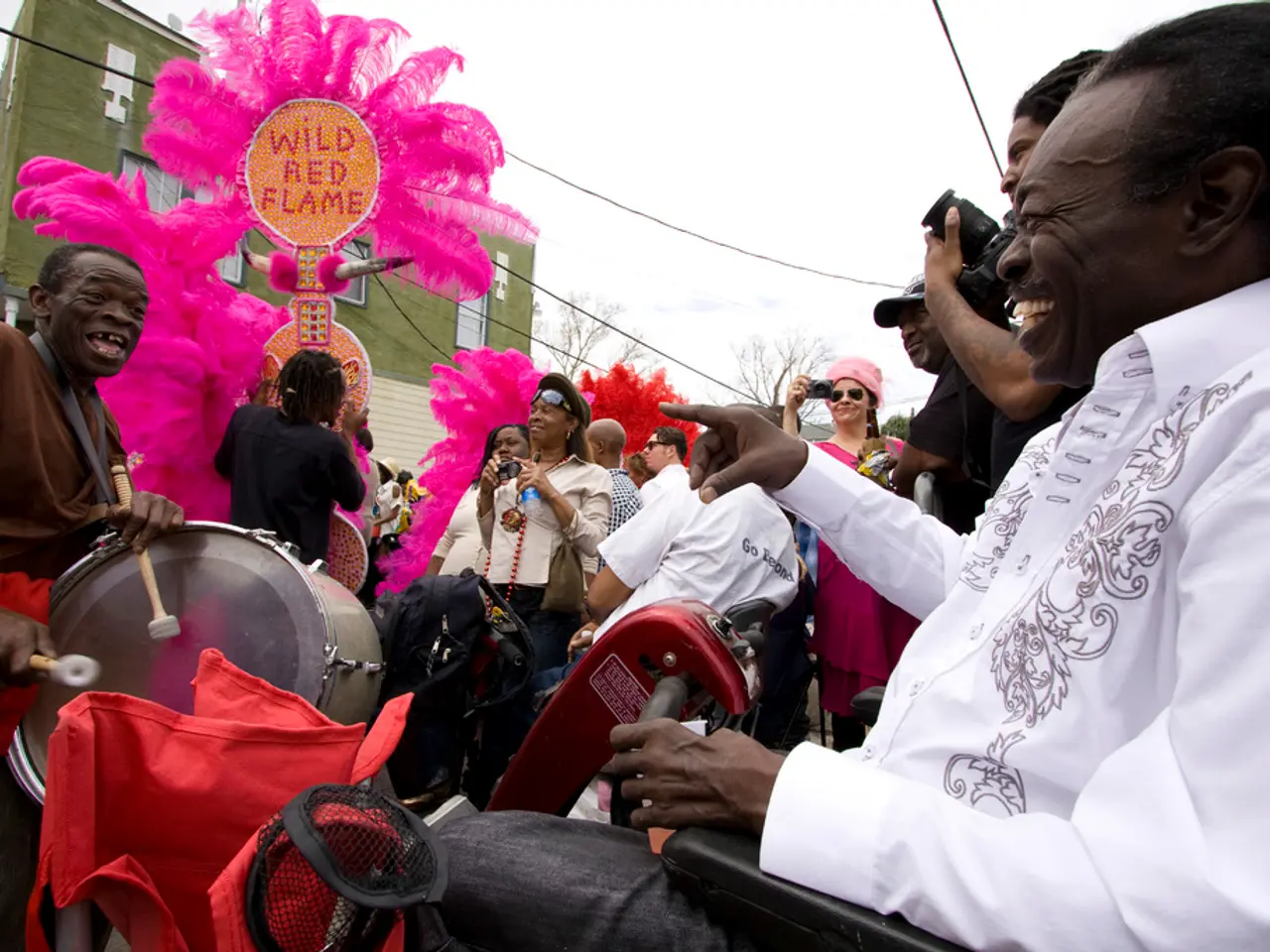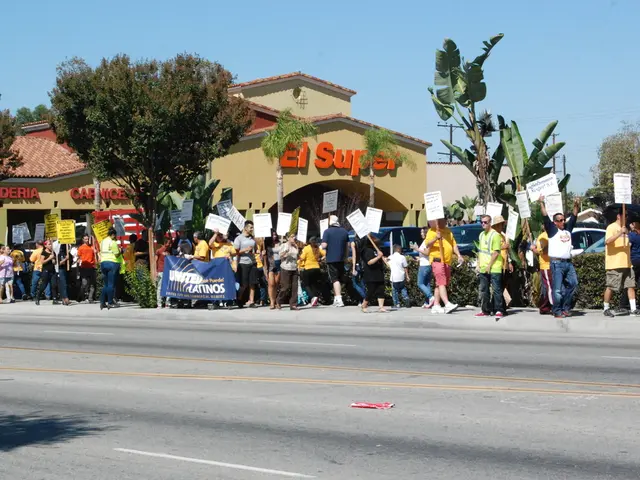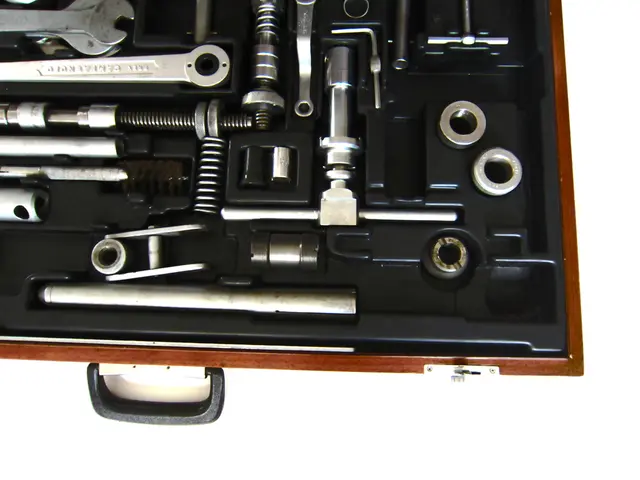Huawei's Cloud Computing Revolutionizes Automotive Acoustics
Huawei has invested heavily in research and development, spending CNY 179.7 billion (approximately £20 billion / €23.4 billion) in 2024, with a significant portion dedicated to fundamental science research. The tech giant is leveraging cloud computing to revolutionise automotive acoustics, led by Lars Goller's 'master-tuning method'.
Huawei's Shanghai Acoustics R&D Centre is at the forefront of this innovation. It utilises cloud computing to manage and analyse vast acoustic datasets, enabling real-time audio processing. This centre processes massive acoustic datasets, runs simulations, and facilitates real-time audio processing, all made possible by cloud computing.
Huawei's influence extends to over twenty automakers, providing cloud computing automotive solutions. These solutions cover a wide range, including driver assistance, cockpit systems, and acoustics. The process involves audio measurements, psychoacoustic principles, and real-time adjustments based on various factors.
Huawei's advancements in automotive acoustics, driven by substantial R&D investment and cloud computing, are transforming the industry. The company's active road-noise cancellation system and independent sound-zone technology, both requiring real-time data processing, are testament to its innovative approach. With Lars Goller leading the development of the 'master-tuning method', Huawei continues to push the boundaries of automotive audio experience.
Read also:
- Emergency services of the future revealed by Renault with the introduction of the Vision 4Rescue vehicle.
- Inverness & Cromarty Firth Green Freeport to Create 11,300 Jobs, Attract £6.5BN Investment
- Artificial Intelligence Shaping Political Campaign Advertisements
- European consumers are on the brink of experiencing a significant leap forward in electric vehicle (EV) charging technology, as Chinese automaker BYD prepares to unveil its innovative advancements.








